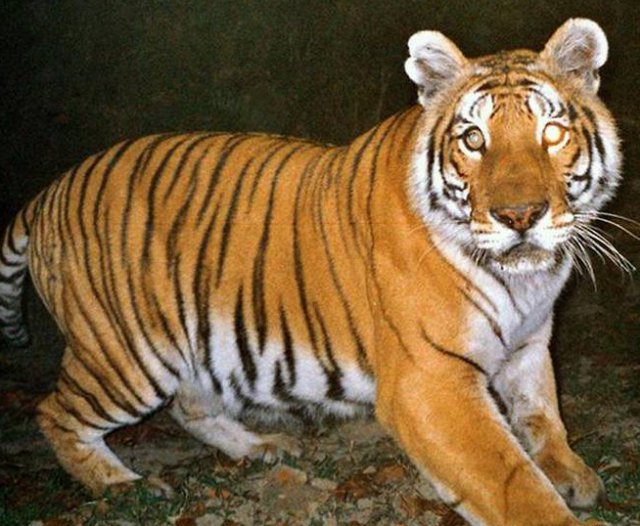Conservation drones will soon hover over select tiger reserves in India, marking the beginning of significant technological intervention in wildlife conservation.
Though intended primarily for the monitoring of tiger population in the reserves, the unmanned aircraft would collect and transmit visual data on animal movements, poaching activities and instances of forest fire from inaccessible forest terrains on a real-time basis. The drones could be used for the management of habitats and species.
Population monitoring
This technological intervention comes from the National Tiger Conservation Authority (NTCA) and the Wildlife Institute of India (WII), Dehradun.
Though aerial vehicles, both manned an unmanned, are used in western countries for surveillance, population monitoring of wild animals and crisis management, manned aerial vehicles were occasionally used in India for animal count and forest mapping.
Drones were recently used for conservation programmes in the forests of Assam and Madhya Pradesh. Drones were used in Panna Tiger Reserve
As wildlife populations, especially those of large animals such as rhino, tiger and elephant, move beyond the protected boundaries, advanced sophisticated technological solutions are required for their protection, as many of these animals are targets of poachers, WII researchers noted.
The drones have “programmable auto-pilot and telemetry systems, capable of recording and live transmission of information.” Night patrolling of forest terrains using thermal cameras, radio-tracking of animals and habitat monitoring could also be possible with these vehicles, according to V.B. Mathur, director of WII.
Pilot projects
In April 2013, the test flight of a small aircraft, Maja, was undertaken in Kaziranga Tiger Reserve. Later, in January 2014, three other drones were tested in Panna Tiger Reserve, where WII has initiated a long-term tiger reintroduction and monitoring project.
The two institutions, NTCA and WII, are now in the process of scaling up the project in 10 tiger reserves across the country.
Each reserve would get five vehicles.
Each vehicle would cost around Rs.4,00,000. The Union ministries of Defence and Civil Aviation have cleared the project. Strict conditions have also been imposed while permitting the use of drones, according to Dr Mathur.
While deployment and data collection would be carried out indigenously by trained team of people working with Wildlife Institute of India and State Forest Departments, the research and development activities for further improvisation of the technology for various purposes would be continued in a collaborative mode with national and international organisations, he said.
Source: The Hindu

